A SAFE ENVIRONMENT FOR YOUR DOG
INSIDE OR OUTSIDE?
Is your pet an indoor dog or an outdoor dog? Most dogs thrive in an indoor environment. Dogs are pack animals, and you are a member of your dog’s pack. So it can be stressful for your dog to be separated from you for long periods, as outdoor dogs tend to be.
But sometimes it just doesn’t work for the dog to live indoors. If that’s the case with your dog, make sure that its outdoor home consists of a structure that is dry and comfortable. The structure should be shaded from the sun and sheltered from the wind.
And keep an eye on the thermometer.
Cold weather is uncomfortable for dogs, just as it is for humans. The ideal situation for your outdoor dog is to provide it with a heated shelter. If you can’t do that, then consider bringing the dog inside during cold snaps. But hot weather can be dangerous too. Watch for excessive panting on hot days, provide plenty of water, and consider providing a plastic children’s pool for cooling off.
Indoor dogs obviously don’t have to face the same temperature extremes as outdoor dogs, but they still have specific needs. Your dog should have its own space, whether that’s in the form of a crate, a kennel, or a bed.
Both indoor and outdoor dogs need to have boundaries. No digging in the garden, for example, or crawling into an open dishwasher to lick the plates!
WATCH OUT FOR ENVIRONMENTAL HAZARDS
Whether your dog lives inside or outside, it likely shares its environment with many hazards that could threaten its health or even its life. Be alert for potential pitfalls such as:
- Human medications. Some common medications can be very dangerous for dogs. And some dogs can be very creative when it comes to opening a stray pill bottle. So be sure to keep all forms of medication physically out of reach.
- Plants and flowers. Some of the plants and flowers that grow in your yard or decorate your house may be poisonous to your pet. Be aware of the plants that are within your dog’s environment, and do a bit of research to assure that they aren’t hazardous to your dog’s health.
- Food. If your dog lives indoors, it may occasionally have access (or may constantly be attempting to GET access!) to people's food. But there are foods that – though scrumptious to you – are deadly poison to your dog. Preventing all unintentional access to food will obviously eliminate that concern. But if you occasionally like to treat your dog with people food – better clear it with the vet first.
- Toxic chemicals. Housecleaners, detergents, fertilizers, insecticides, weed-killer, antifreeze – the list goes on and on. Whether inside or outside, there’s a chance your dog could have a fatal encounter with a toxic chemical unless YOU make certain it can’t happen


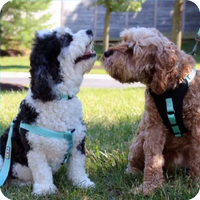
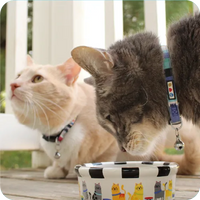
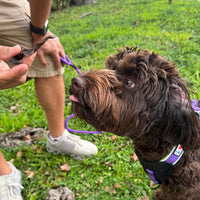
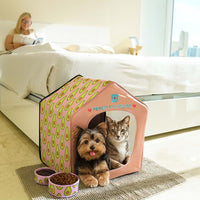
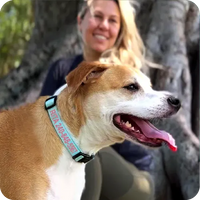
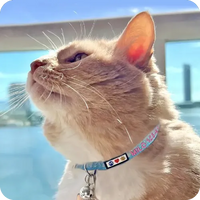


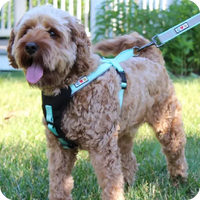

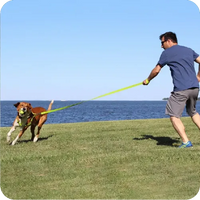
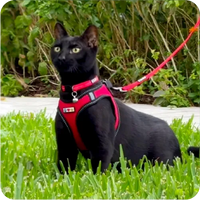
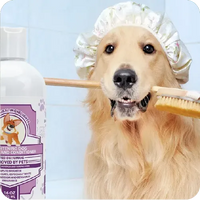
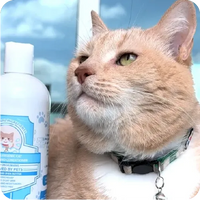
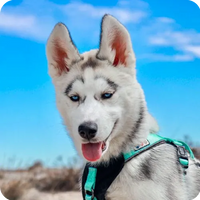
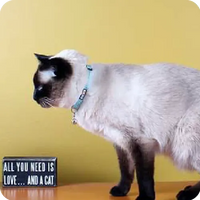
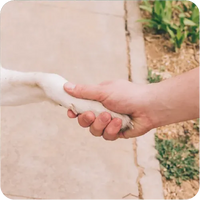




Leave a comment